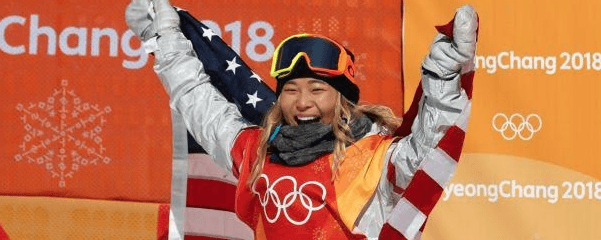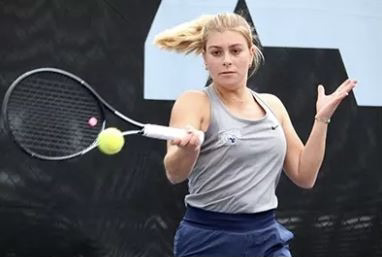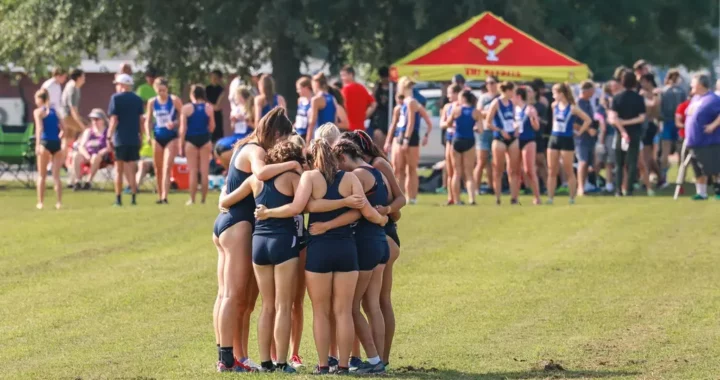Obscure Winter Olympic sports guide for casual viewers
4 min read
Reuters/Jorge Silva | Fox News
By HANNAH ROTHWELL
Staff Writer
The Winter Olympics can seem hard to understand at times. The summer sports are more accessible and well known. Most of us have swam at some point or played a quick game of beach volleyball. That accessibility means that most Americans are pretty familiar with the summer games, but the winter games are a different story. There is no such thing as a game of pickup bobsled. In fact, you would be hard pressed to find someone who could even tell you what a bobsled was, let alone where to find a track for it. Since the Winter Olympic sports can seem a bit foreign to many Americans, here is a guide for some of the weirdest sports in the 2018 Olympics.
Nordic Combined
Nordic combined is a mix of cross country skiing and ski jumping, where the athletes first compete in the ski jumping event. The goal of this portion is to go as far as possible in the air after jumping off of a tall slope, afterwards, points are awarded for distance travelled and style. These points later affect an athlete’s starting time in the cross country event. The winner of the ski jumping event is then the first competitor to leave the starting line for cross country portion of the event. The departure starts the clock against which all athletes are judged. All of the other athletes will start after him, with a time delay corresponding to their score in the first event. For every one point they had less than the winner, they have to wait 4 seconds before starting the race. If they are fifteen points less, they will be delayed a full minute. After all the athletes are on the track, it is just like any typical race the first one across the finish line wins.
Biathlon
Biathlon is a mix of cross country skiing and rifle shooting. The shooting bouts are interspersed during the cross country race at different distances markers. The competitors shoot at targets, and either hit or miss, there are no points awarded for closeness to the target. For each shot missed, the athlete incurs a penalty for the race. This is either a set time that is later added onto their finishing time, or a distance penalty, where they are forced to ski an extra 150m loop.
Skeleton
In skeleton, athletes must race face first down a bobsled track on what is little more than a metal sheet. Athletes start out by sprinting 30 meters in order to impart as much momentum as possible onto the sled. They then jump on, head first, and ride it down the track at speeds of up to 90 miles an hour while their face is only 3cm from the ice. They control the sled by slight movements in their shoulders and knees which apply pressure strategically, and allow them to turn.
The scoring system is very straightforward: The fastest athlete down the track wins. Time is kept electronically, with winners often being determined by only hundredths of a second.
Curling
Curling can best be compared to shuffleboard on ice. The goal of the game is to get your teams’ stones closest to the bullseye while knocking other team’s stones away. Points are awarded to the team that has the stone closest to the center.
It is played by two teams of four and each team includes a thrower, two sweepers, and a skip. The thrower is the one who initially pushes the stone onto the ice, spinning it as it is released so it will “curl” on the path towards the “house”, which is what the target area is called. The sweepers repeatedly brush the ice in front of the stone in order to melt it, allowing the stone to travel farther and faster than it otherwise would have. The skip stands at the other side of the house, calling out orders to the other members of the team.
 There are three main plays that a team can do in curling, to knock an opposing stone away from the target area, to aim their stone as close to the bullseye as possible, or to stop their stone short in order to block the other team’s next shot. The skip is the one who calls out which shots will be played. By the end of the round, whoever has their stone closest wins the round, and this is then repeated for six rounds. Whoever has the most points at the end wins the game.
There are three main plays that a team can do in curling, to knock an opposing stone away from the target area, to aim their stone as close to the bullseye as possible, or to stop their stone short in order to block the other team’s next shot. The skip is the one who calls out which shots will be played. By the end of the round, whoever has their stone closest wins the round, and this is then repeated for six rounds. Whoever has the most points at the end wins the game.
The Winter Olympic sports might seem confusing at first, but after a little explanation, they are not too hard to follow. Hopefully you have enough information now to impress everyone at your next Olympic viewing party with your knowledge of some of the more obscure Olympic Events.


